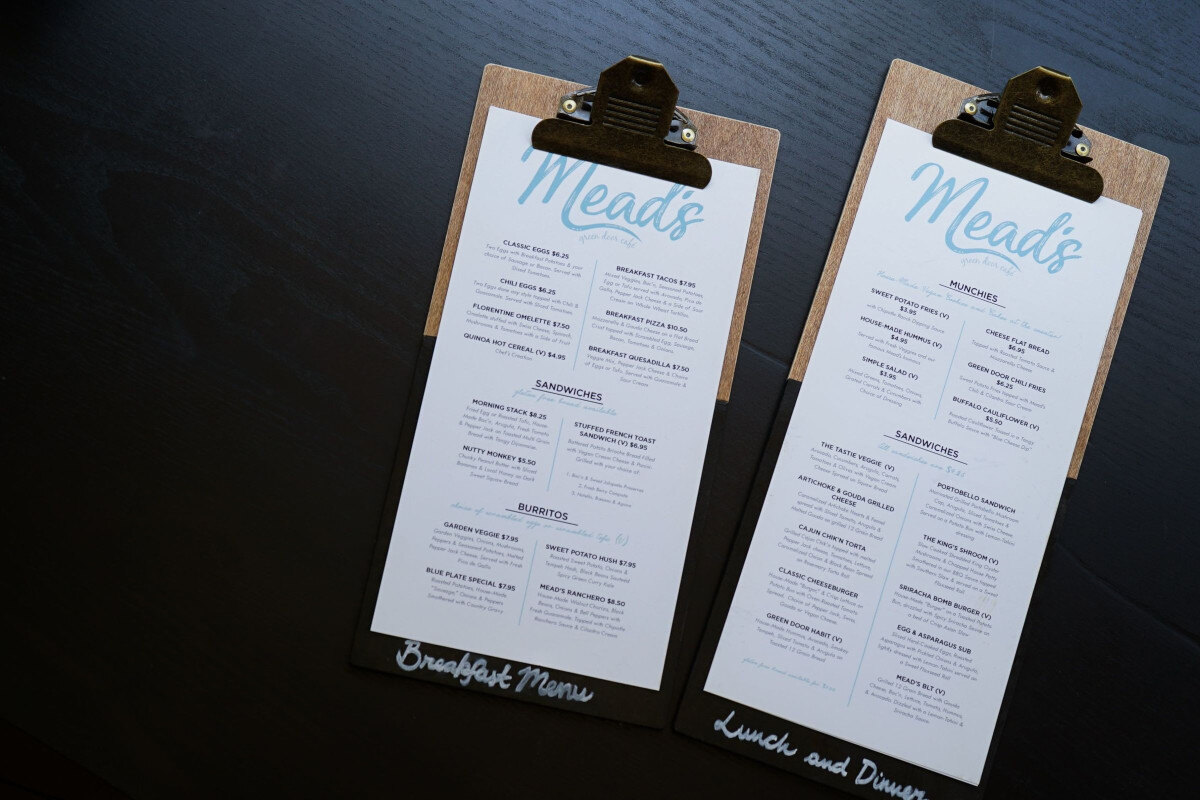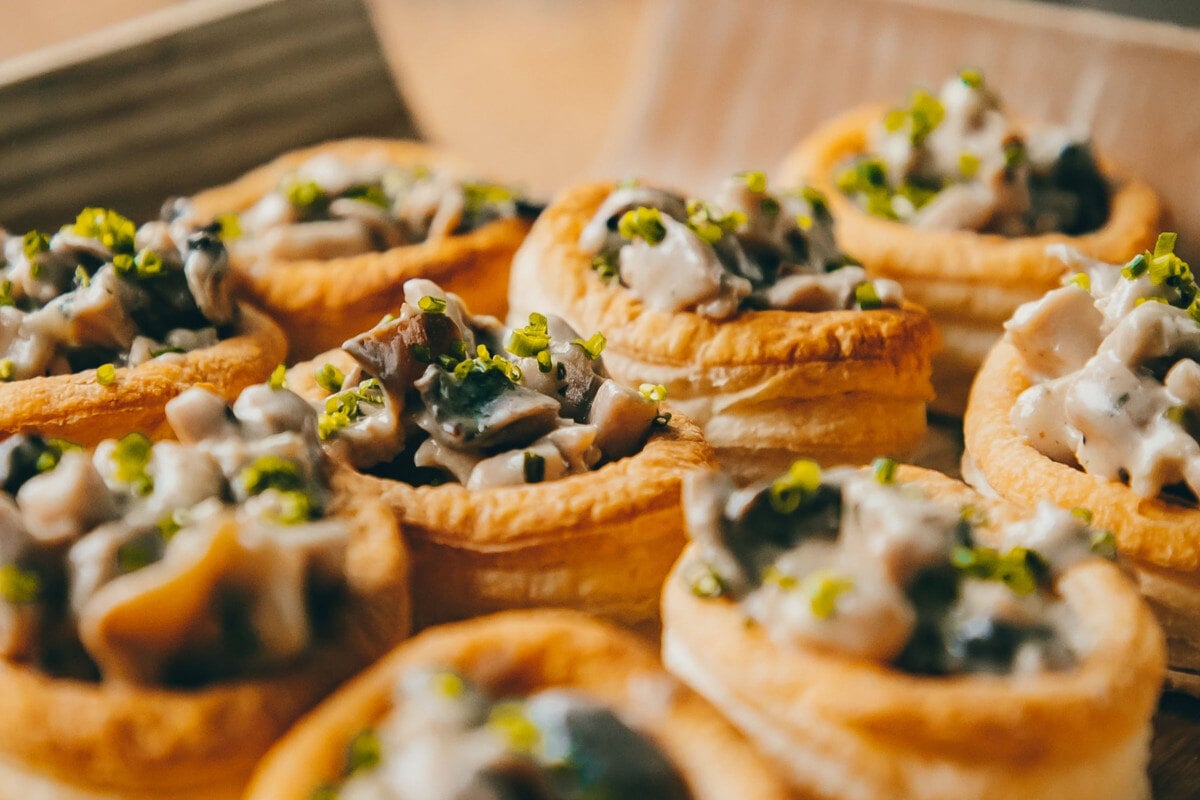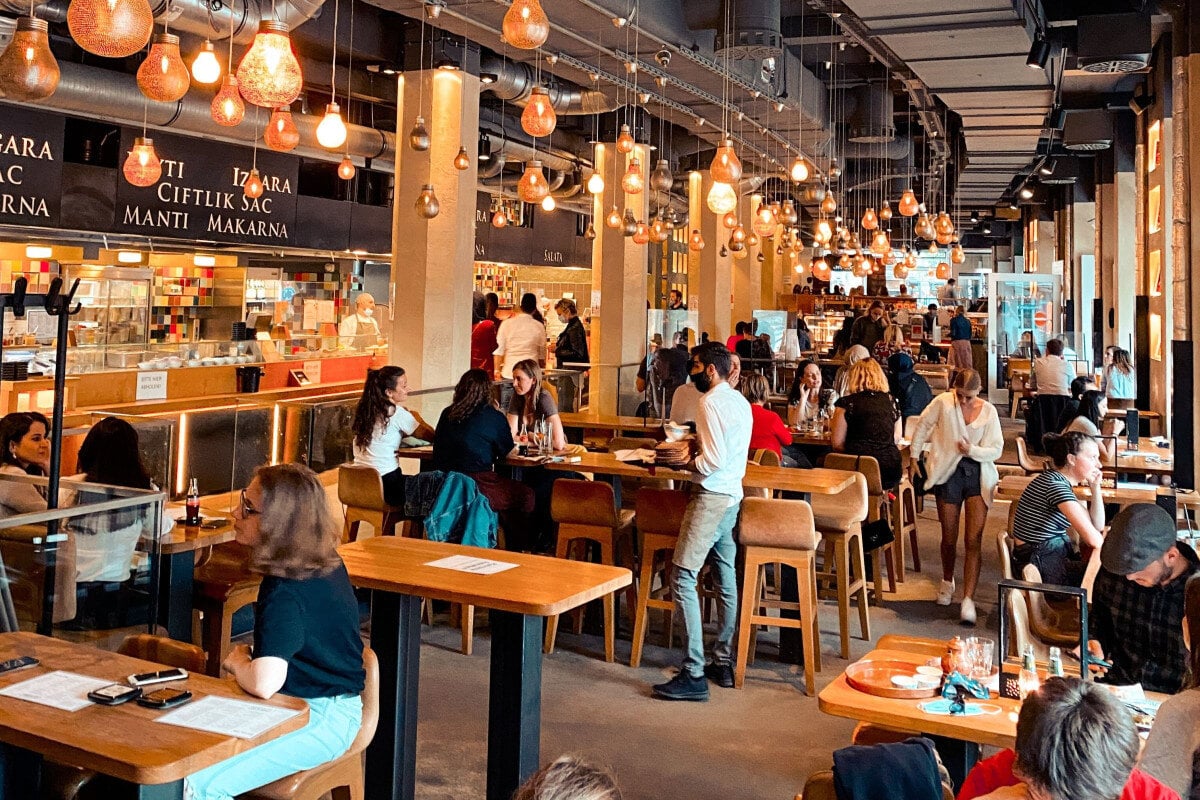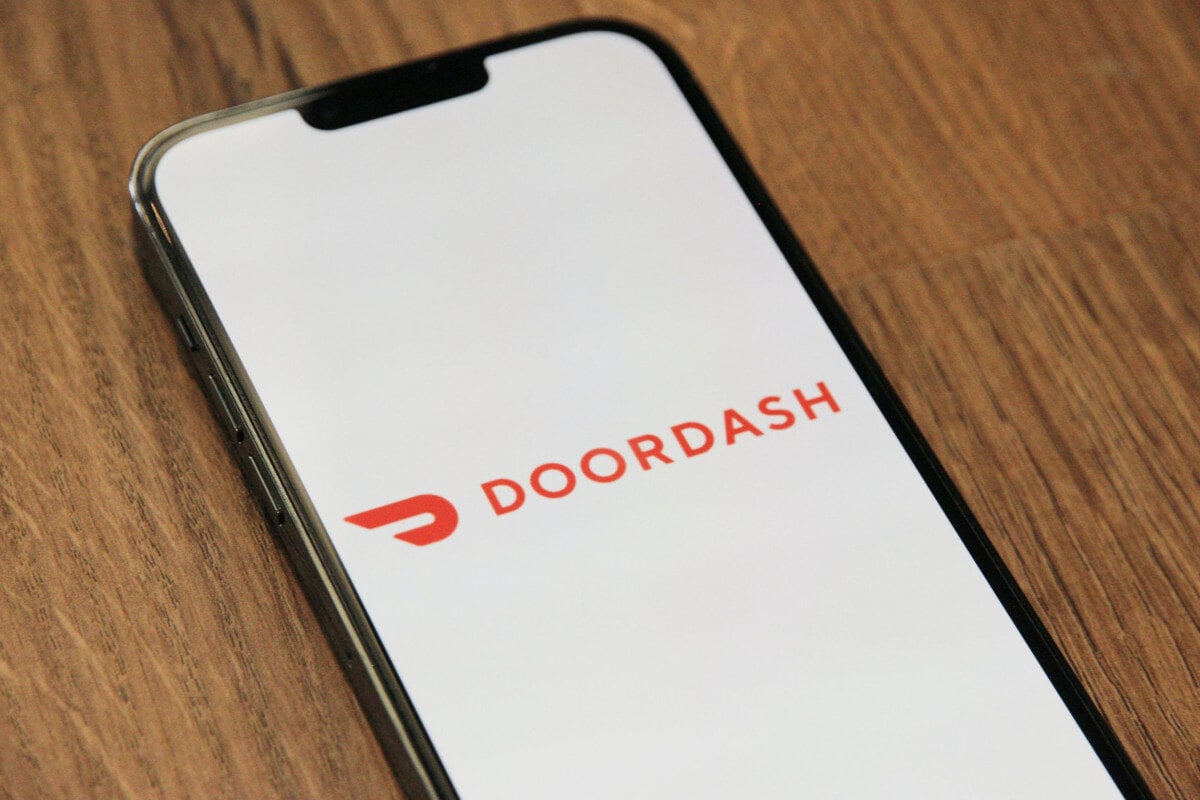8 min read
7 Secrets to Make Your Brand's Corporate Catering Menu the #1 Choice
A well-crafted corporate catering menu serves as an important revenue driver for your restaurant or catering company. It entices customers to choose...
Platform
What is Paytronix Guest Engagement Suite?
Combining online ordering, loyalty, omnichannel messaging, AI insights, and payments in one suite. Paytronix delivers relevant, personal experiences, at scale, that help improve your entire digital marketing funnel by creating amazing frictionless experiences.
A Complete Guest Engagement Suite
Online Ordering
Acquire new customers and capture valuable data with industry leading customization features.
Loyalty
Encourage more visits and higher spend with personalized promotions based on individual activity and preferences.
Catering
Grow your revenue, streamline operations, and expand your audience with a suite of catering tools.
CRM
Build great customer relationships with relevant personal omnichannel campaigns delivered at scale.
Artificial Intelligence
Leverage the most data from the most customer transactions to power 1:1 marketing campaigns and drive revenue.
Payments
Drive brand engagement by providing fast, frictionless guest payments.
Solutions
Paytronix Guest Engagement Solutions
We use data, customer experience expertise, and technology to solve everyday restaurant and convenience store challenges.
FlightPaths are structured Paytronix software onboarding journeys designed to simplify implementation and deliver maximum ROI.
Customer Success Plans (CSPs) are tiered service offerings designed to help you get the most from your Paytronix software, whether you prefer self-guided support or hands-on partnership.
Contactless Experiences
Accommodate your guests' changing preferences by providing safe, efficient service whether dining-in or taking out.
Customer Insights
Collect guest data and analyze behaviors to develop powerful targeted campaigns that produce amazing results.
Marketing Automation
Create and test campaigns across channels and segments to drive loyalty, incremental visits, and additional revenue.
Mobile Experiences
Provide convenient access to your brand, menus and loyalty program to drive retention with a branded or custom app.
Subscriptions
Create a frictionless, fun way to reward your most loyal customers for frequent visits and purchases while normalizing revenues.
Employee Dining
Attract and retain your employees with dollar value or percentage-based incentives and tiered benefits.
Order Experience Builder
Create powerful interactive, and appealing online menus that attract and acquire new customers simply and easily.
Loyalty Programs
High-impact customizable programs that increase spend, visit, and engagement with your brand.
Online Ordering
Maximize first-party digital sales with an exceptional guest experience.
Integrations
Launch your programs with more than 450 existing integrations.
Loyalty Programs
Deliver the same care you do in person with all your digital engagements.
Online Ordering
Drive more first-party orders and make it easy for your crew.
Loyalty Programs
Digital transformations start here - get to know your guests.
Online Ordering
Add a whole new sales channel to grow your business - digital ordering is in your future.
Integrations
We work with your environment - check it out
Tobacco Reporting
Comply with AGDC 2026 DTP Requirements
Company
We are here to help clients build their businesses by delivering amazing experiences for their guests.
Meet The Team
Our exceptional customer engagement innovations are delivered by a team of extraordinary people.
News/Press
A collection of press and media about our innovations, customers, and people.
Events
A schedule of upcoming tradeshows, conferences, and events that we will participate in.
Careers
Support
Paytronix Login
Order & Delivery Login
Resources
Paytronix Resources
Learn how to create great customer experiences with our free eBooks, webinars, articles, case studies, and customer interviews.
FlexPoint Service Catalog
Access FlexPoints are a cost-effective, flexible way to access our value-added services, to ensure you get greater impact from your Access software solution.
See Our Product In Action
E-Books
Learn more about topics important to the restaurant and c-store customer experience.
Reports
See how your brand stacks up against industry benchmarks, analysis, and research.
Blog
Catch up with our team of in-house experts for quick articles to help your business.
Case Studies
Learn how brands have used the Paytronix platform to increase revenue and engage with guests.
Unlock loyalty strategies that 3 out of 4 restaurants use to boost engagement by 40% without adding staff.
5 min read
Oct 14, 2024

How much thought have you put into your catering menu? It’s important not to just look at it as a list of dishes; rather, it’s an opportunity to influence your customers’ choices, increase average order values (AOVs), and highlight your restaurant’s strengths.
A thoughtfully crafted menu can help make events like holiday parties, birthday dinners, and corporate meetings memorable, while ensuring your catering service is profitable and appealing.
Ready to get started? Let’s explore how to organize and optimize your restaurant catering menu to drive profits and increase customer engagement.
First, let’s discuss the difference between a standard restaurant menu and a catering menu. A restaurant catering menu differs from your regular restaurant menu because it needs to address the specific demands of public and private events, like family reunions, office lunches, and small group celebrations. Catering menus must be designed for large quantities, easy serving, and varying dietary preferences, which makes them distinct from everyday restaurant offerings.
Humans are visual creatures—so the visual presentation of your catering menu is crucial! Whether it’s for group celebrations or team meetings, your catering menu layout should reflect your brand’s identity, guide the customer’s eye, and ensure that everything—from appetizers to desserts—flows in a logical and enticing order.
Place high-margin items or popular items at the top right-hand corner of the menu, which is where customers’ eyes automatically gravitate towards. Also include images of real-life catering setups that display equipment like Sternos chafing dishes, serving utensils, and decorative arrangements so your clients can easily visualize what their own event will look like.
A well-structured menu should highlight your restaurant's strengths while catering to the full range of customer preferences and event needs within your brand’s business goals. Here are three tips to plan your menu with greater efficiency:
Setting the right prices for your catering menu is crucial for maintaining profitability and ensuring you have enough cash flow. Here are three key approaches to consider when pricing your event menus:
A clear, visually appealing menu layout improves readability and highlights your key offerings. Consider these three tips to improve the look and usability of your menu:
From digital menus to online ordering platforms, using technology helps you stay competitive while offering convenience to your customers. Here are two ways to use technology in menu design:
Promoting your catering services is crucial for attracting new clients and retaining existing ones. Here are three ways you can market your menu and services:
Ensuring that your catering menu complies with health regulations and dietary requirements is a legal necessity. Here are two key compliance factors to keep top of mind:
There are many moving pieces when it comes to your menu design—including menu structure, pricing, and visual elements. Be sure to balance your menu offerings, price your menu strategically, and design a well-structured and visually appealing menu that keeps customers hooked.
Want to get repeat customers for your catering business, and grow customer loyalty? Download our 2025 Loyalty Report.
Ready to launch the catering arm of your restaurant? Book a demo to see our catering product firsthand.

8 min read
A well-crafted corporate catering menu serves as an important revenue driver for your restaurant or catering company. It entices customers to choose...

21 min read
As a busy restaurant owner, you’re likely always looking for creative ways to increase sales. Yet it’s important that you balance a proactive sales...

11 min read
If you’re not already on food delivery platforms like DoorDash, you’re leaving money on the table. Platforms like DoorDash connect local restaurants...